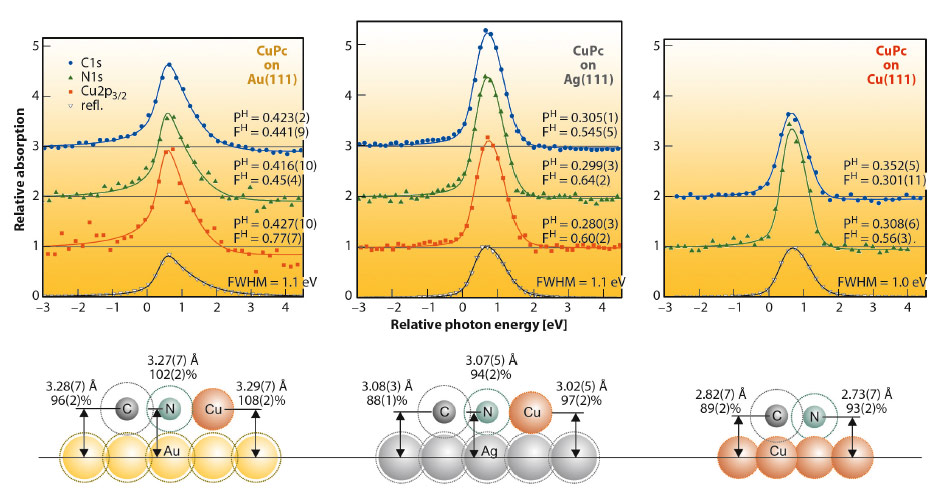Chemisorption
Chemisorption is a special form of adsorption in which, in contrast to the adsorbate is bound by physisorption stronger chemical bonds to the adsorbent (substrate). By chemisorption, the adsorbate and / or adsorbent is chemically modified.
Most of the physisorption is a precursor to chemisorption. The chemisorption is in contrast to physisorption not always reversible and will often require a high activation energy. The binding energy is typically about 800 kJ / mol (about 8 eV / atom ) in contrast to physisorption with about 80 kJ / mol ( 0.8 eV / atom). Maximum, a monomolecular layer adsorbed.
A classification of sorption in chemisorption or physisorption can not be made solely on the basis of the binding energy. The most important criteria for chemisorption is the chemical change of the adsorbate and the adsorbent. This allows a few combinations at low binding energy (eg, 80 kJ / mol) available chemisorption, while yet other combinations at 100 kJ / mol, there is a physisorption.
The strong binding of the adsorbate to the substrate (usually a metal) can cause the intermolecular bonds are intact ( dissociation) or partially dissolved. Thus, these molecules are then in a very reactive state. This is used in the heterogeneous catalysis, the substrate is then known as a catalyst.
The interaction with different adsorbate molecules varies greatly. Substances which show a very high binding energy to the substrate can occupy the entire surface and thus make desired reactions impossible. These unwanted substances are called catalytic poison because of this property.









